Understanding the writing process is key to unlocking a writer's full potential. Integrating tools like Boardmix into one’s workflow can significantly enhance this journey. Boardmix, an advanced online collaboration platform, offers rich features that support every stage of writing. From brainstorming with its extensive template library to drafting with AI-powered assistance, and revising through seamless collaboration, Boardmix streamlines the entire process. Its intuitive interface and version control ensure that writers can focus on creativity while maintaining efficiency. By leveraging Boardmix, writers gain a powerful ally in crafting polished and compelling content, making the writing process more productive and enjoyable.
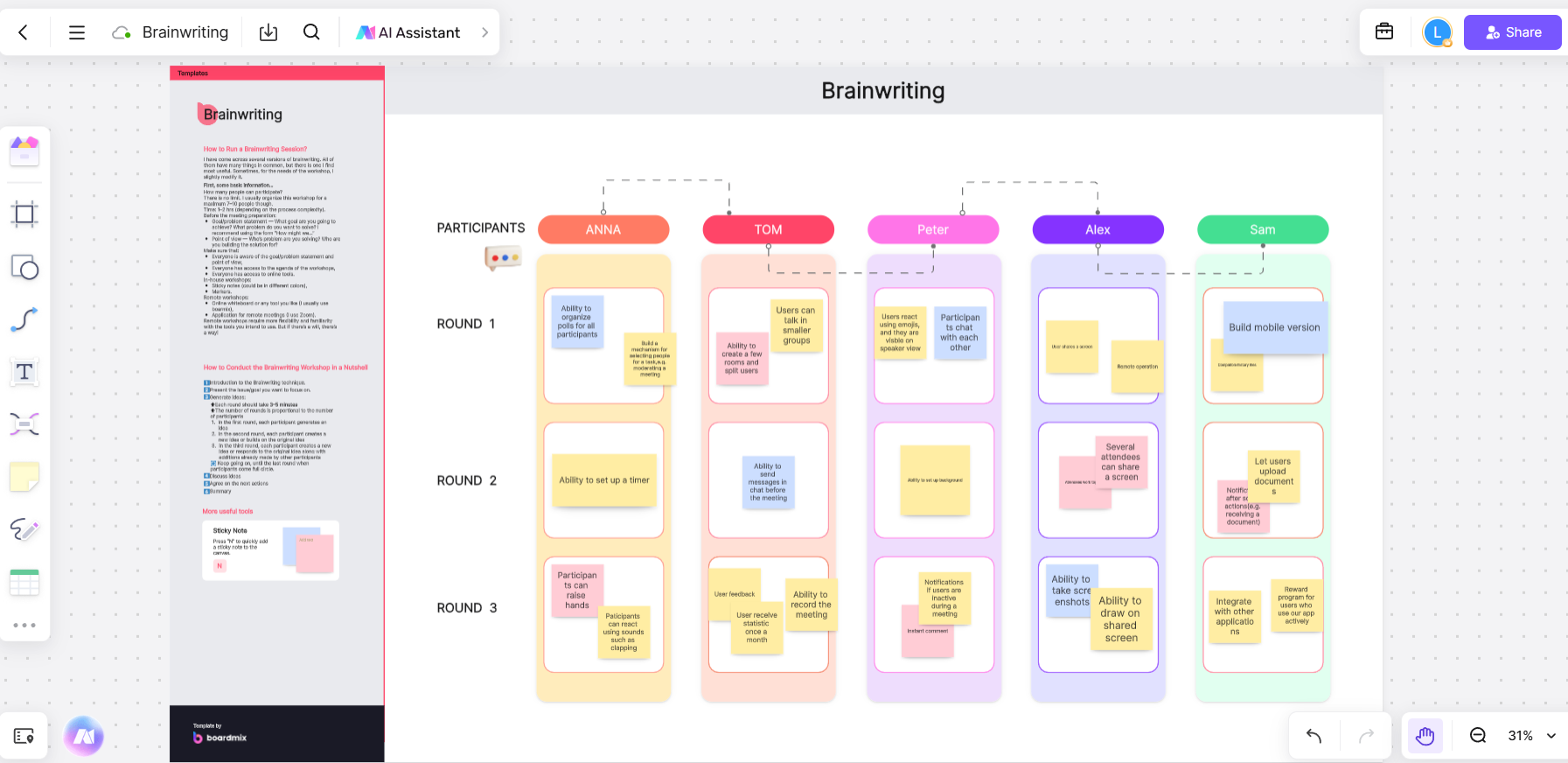
What is a Writing Process?
The writing process is an essential framework guiding authors from the initial spark of an idea to the final polished piece. It encompasses a series of steps that help organize thoughts, develop ideas, and refine language for effective communication. Whether crafting emails, academic papers, or novels, writers navigate this process. The writing process provides a structure that channels creativity, ensuring content is logically and coherently organized.
What is the Role of the Writing Process?
The role of the writing process is multifaceted. It serves as a roadmap, guiding authors through complex tasks while ensuring no critical elements are overlooked. This structured approach makes large projects more manageable by breaking them down into smaller, actionable stages. Moreover, it encourages reflection and revision, which are crucial for producing high-quality work. Ultimately, the writing process empowers writers to articulate their thoughts clearly and persuasively.
5 steps of the writing process
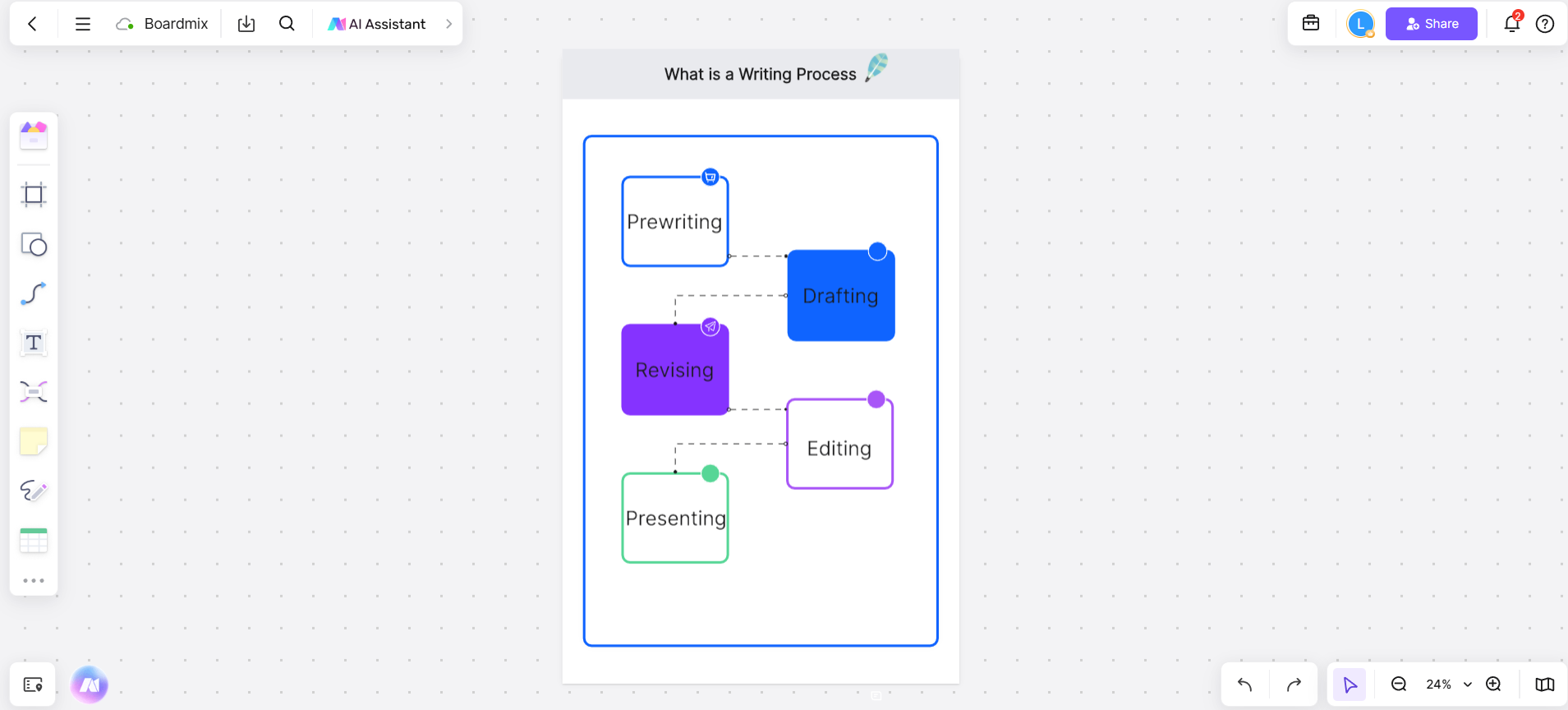
The writing process can be broken down into five main stages, each with distinct objectives and activities. These steps provide a structured framework, helping authors develop their creations from initial concepts to finished products. Let's explore these key stages:
- Prewriting
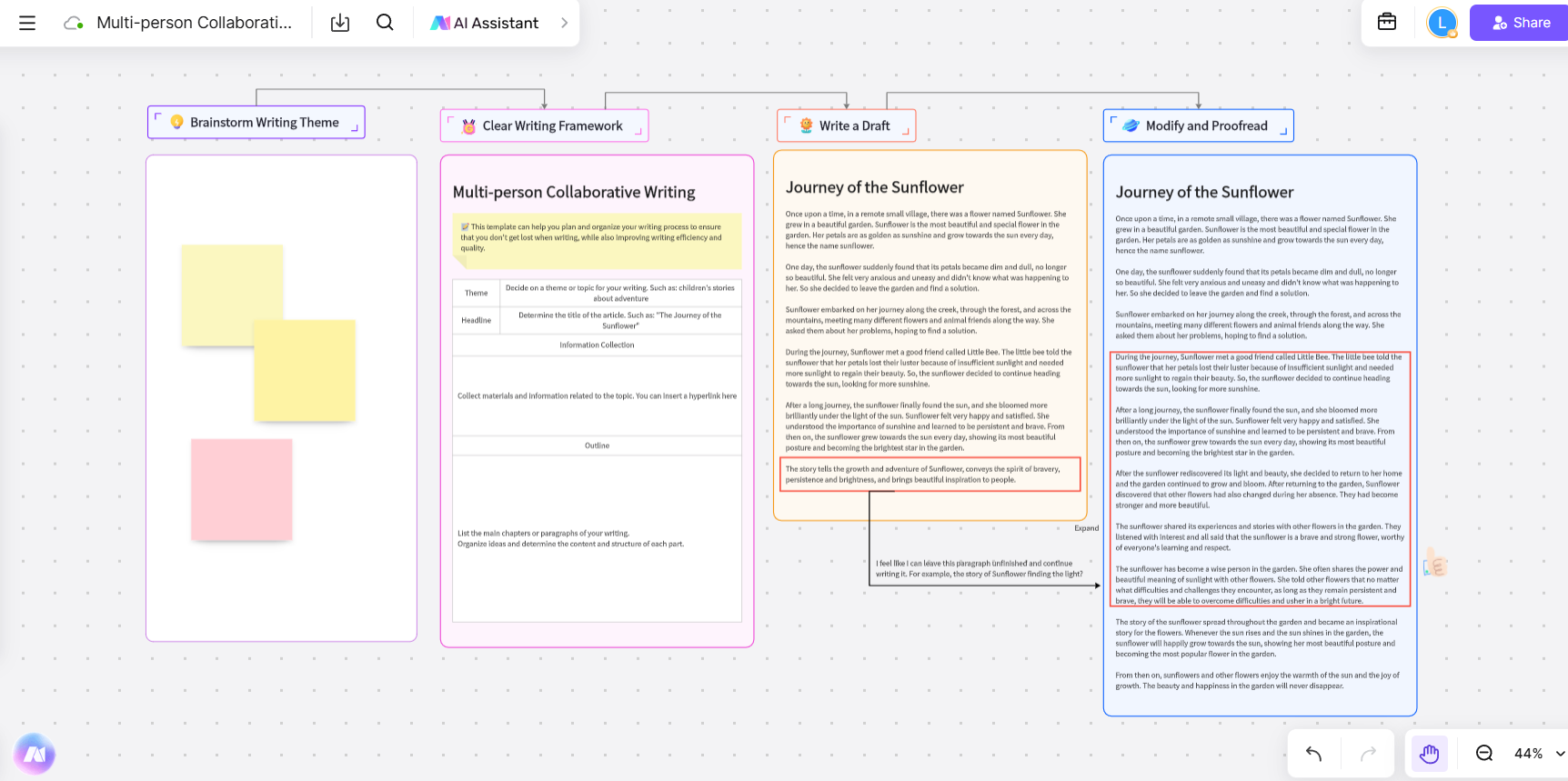
Prewriting marks the beginning of the writing journey. Here, authors engage in brainstorming sessions, gather information, and plan the direction of their writing. They explore various topics through reading, research, or discussions to pinpoint core ideas. Crafting a preliminary outline organizes thoughts and lays the groundwork for subsequent writing.
- Drafting
Once prewriting is complete, authors transition to drafting. In this phase, the focus shifts to translating ideas into text without worrying too much about grammar or formatting. Drafting promotes free expression, allowing authors to document all viewpoints and arguments naturally. At this point, the draft may appear rough and disjointed, but its purpose is to capture as many ideas as possible.
- Revising
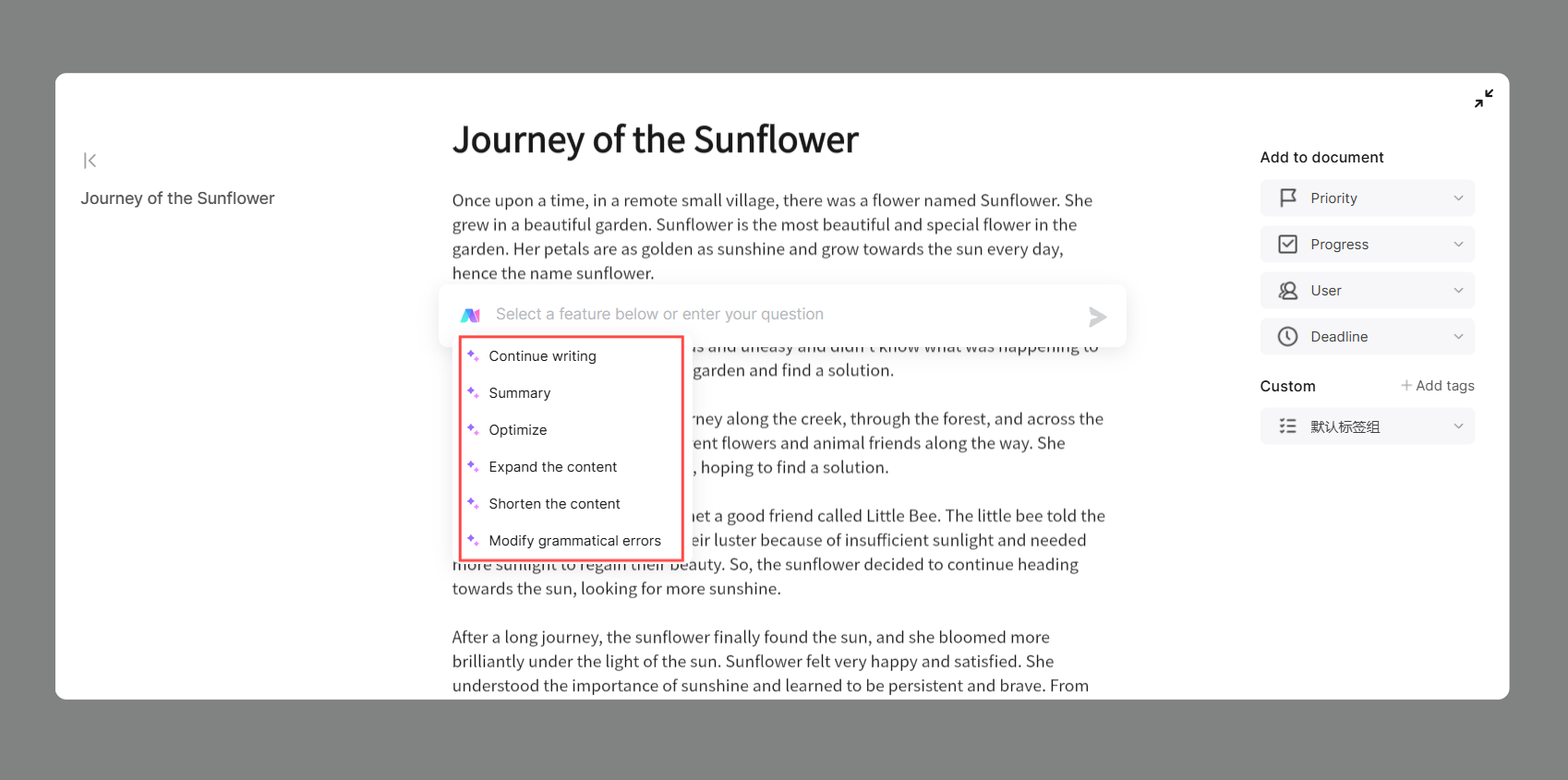
Revising is a critical stage where drafts undergo deepening and optimization. Authors review their work critically, assessing whether the intended message is conveyed effectively, logic is sound, and unnecessary or missing information is addressed. Adjustments to the article's structure ensure smooth transitions between paragraphs and a clear narrative or argument. Revising involves more than just polishing; it's a comprehensive reevaluation of the content.
- Editing
Editing zeroes in on the technical aspects of the text, such as grammar, spelling, punctuation, and sentence structure. Authors meticulously check every detail, correcting linguistic errors and ensuring consistency. Attention is also given to style appropriateness for the target audience and adherence to specific formatting guidelines. Editing enhances the professionalism and readability of the text.
- Presenting
The final step is presenting the refined work to the intended audience. Depending on the context, this might involve formatting documents for publication, preparing speeches, or submitting essays. Presentation isn't limited to written forms; it can include oral presentations or multimedia displays. The goal is to facilitate easy understanding and appreciation of the author's efforts.
By adhering to these five steps, authors can systematically build and develop their creations, leading to a more efficient and productive writing experience.
How to Enhance the Writing Process with Boardmix
Boardmix is a powerful online whiteboard that not only facilitates team collaboration but also optimizes individual writing processes. By leveraging Boardmix’s advanced features, authors can significantly boost productivity at every stage of writing. Here’s how:
- Inspiration through Rich Template Libraries
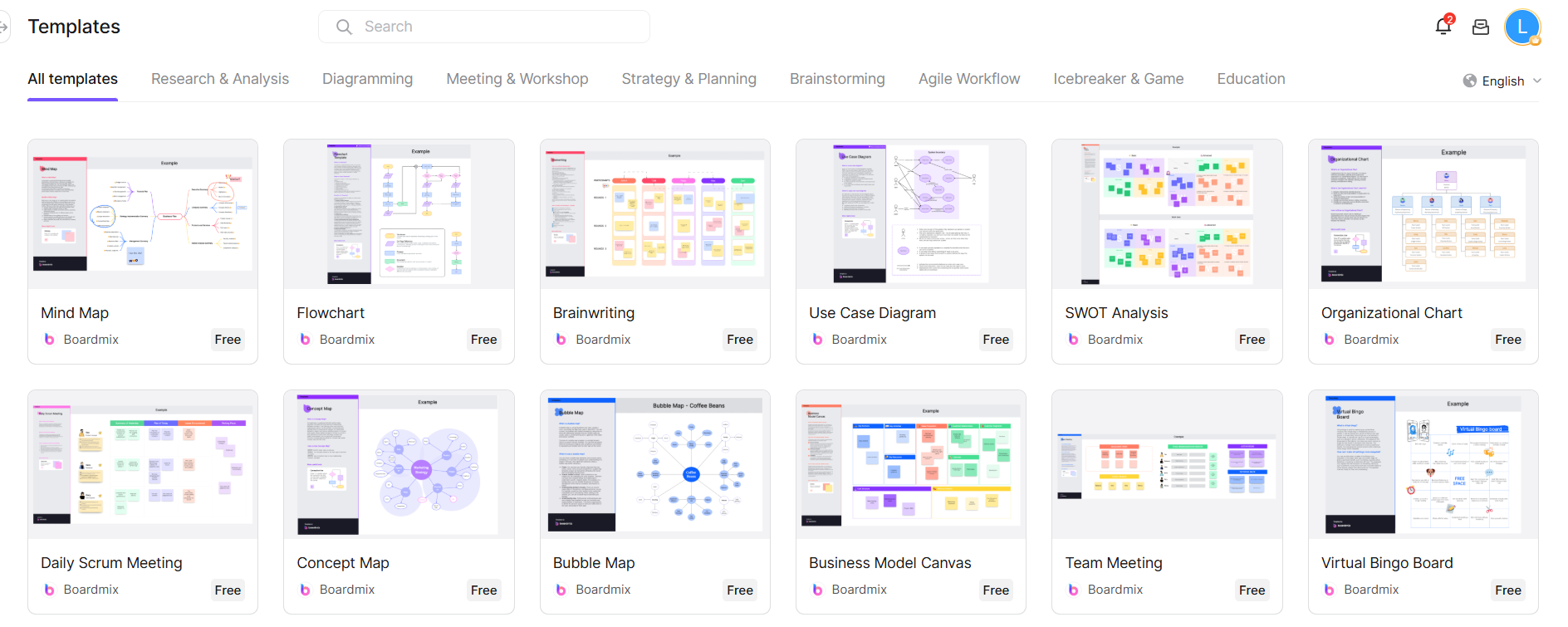
Boardmix offers a plethora of templates tailored for diverse writing needs, such as mind map templates and brainstorming templates. For the prewriting phase, these templates assist authors in quickly organizing their thoughts and finding suitable ways to express them. Mind map templates, for instance, visualize complex ideas, making connections clearer, while brainstorming templates encourage creative thinking and uncover potential themes.
- Accelerating Creation with AI-Enhanced Features
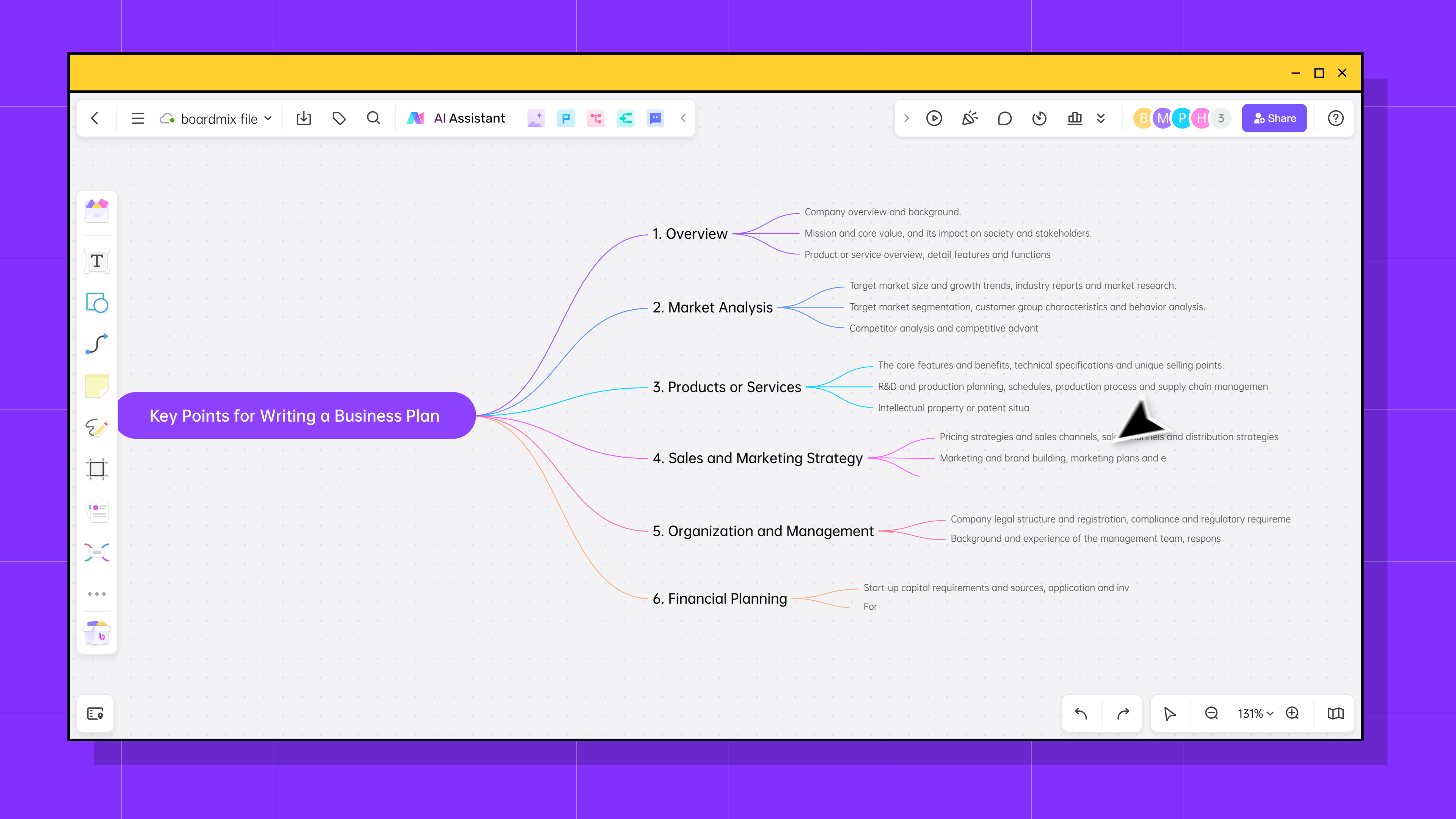
Integrated AI technology in Boardmix includes AI chat/writing assistants and AI mind map tools. During the drafting stage, authors can interact with AI for immediate feedback and support. AI assists with grammar and style guidance and recommends relevant references or case studies, speeding up the creation process. Additionally, AI’s natural language processing capabilities aid in generating initial drafts, saving considerable time.
- Fostering Teamwork with Collaboration Tools
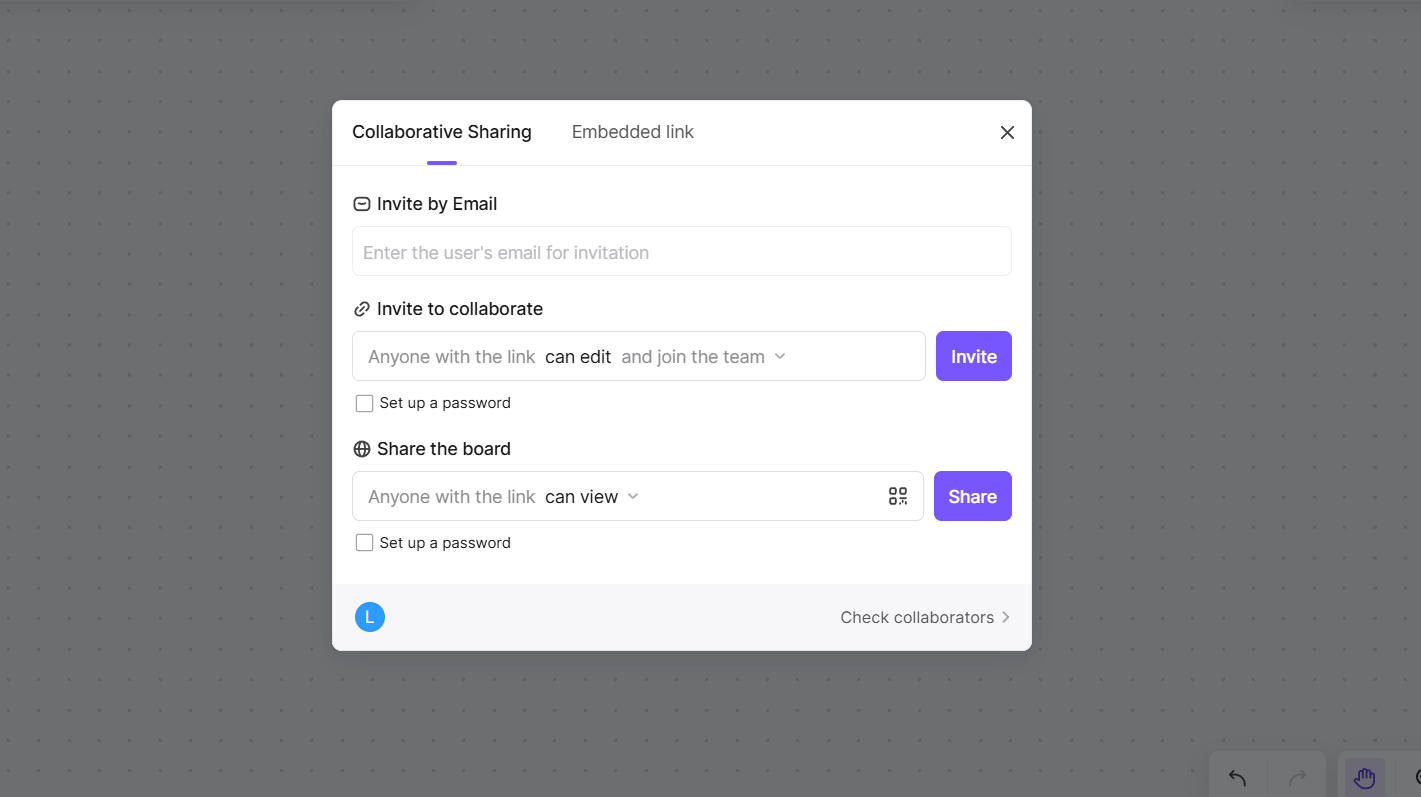
Writing often benefits from collaboration, especially in academic or business settings. Boardmix’s real-time collaboration features allow multiple authors to work simultaneously on a project, regardless of location. Participants can add comments, suggest revisions, or directly edit documents, with changes instantly syncing across the board. This seamless teamwork boosts communication efficiency and blends creative insights.
- Simplifying Workflow with Intuitive Interface
Boardmix boasts a user-friendly interface, making it accessible even to those without a technical background. Inserting images, links, or adjusting layouts is achieved effortlessly via simple drag-and-drop actions. This intuitive design allows authors to concentrate on content rather than formatting, offering a significant advantage. Moreover, multi-device access means authors can continue their work on computers, tablets, or smartphones, maintaining continuous creativity.
- Ensuring Safety with Version Control and History
Throughout the writing process, multiple revisions and iterations are common. Boardmix provides version control, automatically saving important changes and enabling users to view and revert to any previous version. This feature gives authors peace of mind, encouraging bold experimentation without fear of losing progress.
FAQs About the Writing Process
Q1: Are the Templates on Boardmix Free?
Yes, Boardmix offers a range of free templates tailored for various aspects of the writing process. From mind map templates to brainstorming templates, these resources kickstart your creative endeavors.
Q2: What is the Difference Between Revising and Editing?
Revising focuses on enhancing the overall structure and content, ensuring clear communication and logical flow. Editing refines text by correcting grammar, spelling, and punctuation, ensuring consistency and professionalism. Both are essential for producing a polished final product, with revising optimizing content and editing ensuring fluent expression.
Conclusion
Mastering the writing process is essential for every writer. Boardmix offers an all-in-one solution that enhances brainstorming, drafting, revising, and collaboration. Its intuitive design and powerful features ensure your writing flows smoothly from concept to completion. Elevate your creativity and efficiency by embracing Boardmix today. Discover how this versatile tool can transform your writing experience and help you achieve outstanding results with ease.









